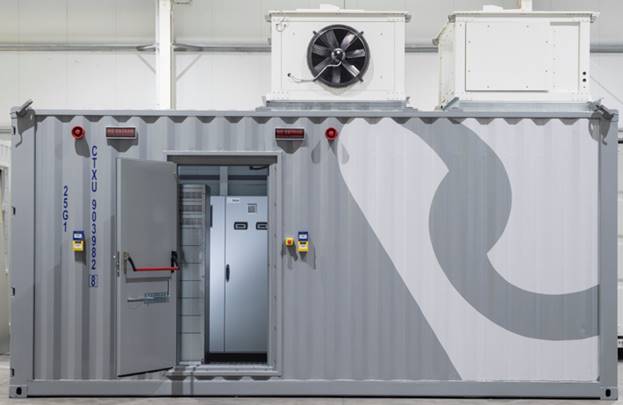BATTERY ENERGY STORAGE SYSTEM
BATTERY ENERGY STORAGE SYSTEM (BESS): SUPPORTING A LOW-CARBON FUTURE
As Mauritius transitions to a low-carbon economy, the CEB is actively integrating Battery Energy Storage Systems (BESS) to manage fluctuations in renewable energy sources like solar and wind. BESS plays a critical role in stabilising the grid and increasing the share of Variable Renewable Energy (VRE) in the energy mix.
Key Milestones and Achievements
- First Grid-Scale BESS:
In 2018, the first Battery Energy Storage System (BESS) facilities were commissioned at Amaury Substation (2 MW) and Henrietta Substation (2 MW). These projects, financed by the Green Climate Fund under the "Accelerating the Transformational Shift to a Low-Carbon Economy" initiative, brought the total BESS capacity to 4 MW.
- Expansion by 2021:
An additional 14 MW of Grid-Scale BESS was commissioned across four substations: La Tour Koenig (2 MW), Anahita (4 MW), Wooton (4 MW), and Jin Fei (4 MW)
This increased the total BESS capacity to 18 MW.
- 2024 Capacity Expansion:
A further 20 MW BESS was commissioned at Amaury Substation, raising the total capacity in Mauritius to 38 MW.
- Rodrigues:
A 1.5 MW BESS was installed at Pointe Monnier Power Station, strengthening the network and supporting renewable energy integration.
The CEB is committed to further expanding its BESS capacity to meet growing energy demands and support the integration of renewable energy. These efforts are part of a broader strategy to create a sustainable, reliable, and resilient energy future for Mauritius.
